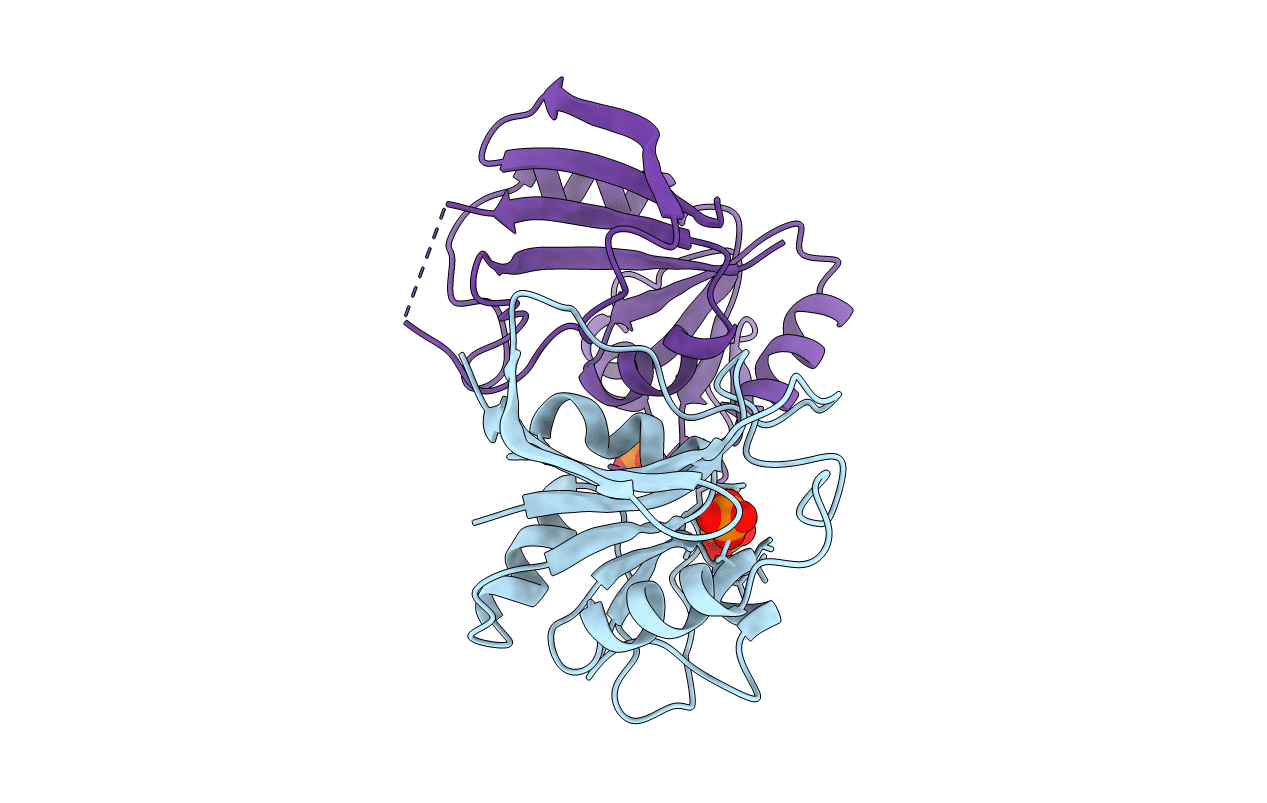
Deposition Date
1997-11-30
Release Date
1998-02-25
Last Version Date
2024-05-22
Method Details:
Experimental Method:
Resolution:
2.55 Å
R-Value Free:
0.30
R-Value Work:
0.18
R-Value Observed:
0.18
Space Group:
C 1 2 1


